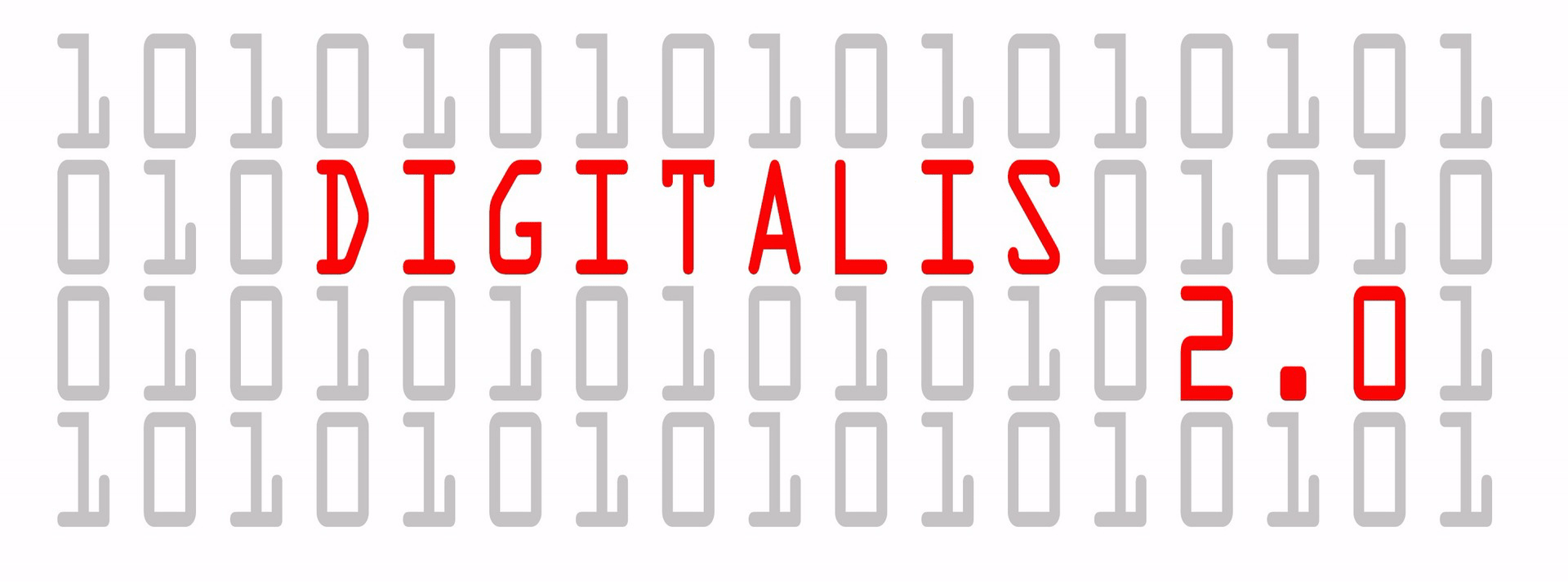There have been 2 events this week that made me think about digital technology. [Digital Technology in a vague modern term, from smart phones to digital cooking scales].
First I must explain the picture above. This is my attempt at explaining a pendulum to my 11yr old son. He wanted to know why I was going on and on about women’s rights and marches and other womeny things these days, and I was trying to explain that long-term oppression can cause an equally wild reaction. As in the swing of a pendulum. Women have been oppressed for so long, we need revolutionary action (non-violent subversive stitching, is as revolutionary as I get) to get the pendulum swinging against patriarchy. It will swing wildly at first, and then, naturally find its own balance. I believe this of all kinds of oppression fall under Newtons Third Law –For every action there is an equal and opposite re-action. And/or perhaps karma.










